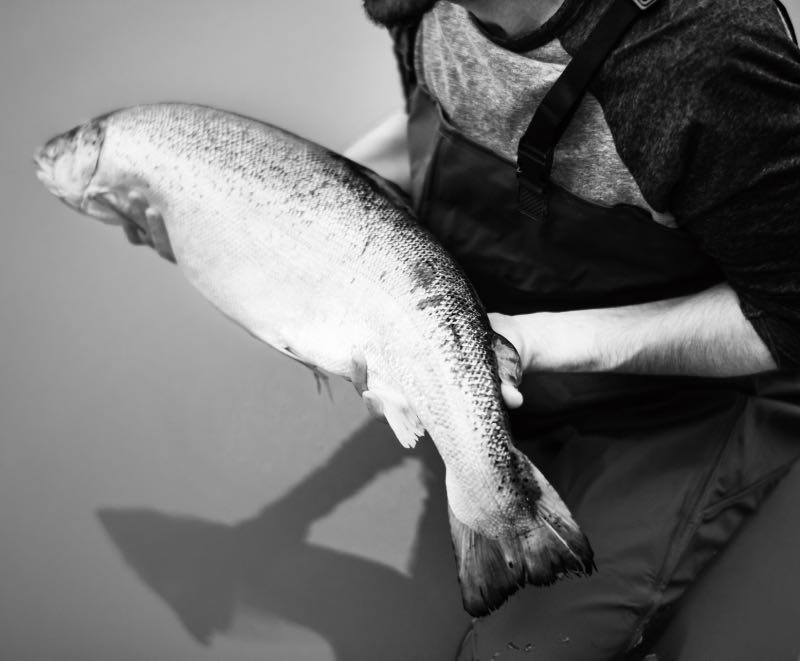When we’re talking about pollution, most of us think about plastic waste or oil spills. However, this is not the only type of pollution that exists. For example, what about the invisible chemical traces flowing through our rivers? New research shows that drug pollution, from Anxiety drugs, is quietly altering the behavior of wild Salmon. Keep on reading to discover more about it.
How Anxiety Drugs Are Affecting Salmon Behavior
A Swedish study recently revealed that juvenile Atlantic salmon exposed to clobazam, a sedative prescribed to humans, displayed dramatic shifts in behavior. These drug-exposed fish migrated from river to sea more successfully and crossed hydropower dams faster than unexposed salmon. On the surface, faster migration might seem like an advantage. But in nature, timing and caution are survival tools. Altered risk-taking and social behaviors can throw off the delicate balance salmon need to thrive.

Scientists believe the changes stem from neurological effects shared across species. The medication, designed to calm human anxiety, dulls the natural instincts salmon rely on in the wild. Instead of carefully assessing dangers like predators or obstacles, the drugged fish rush ahead, exposing themselves to higher risks that they might not survive in the long run.
Why Drug Pollution Demands Urgent Action
This is not just a quirky finding about a few fish—it’s a warning signal. Across global waterways, nearly 1,000 different pharmaceutical compounds have been detected. From antidepressants to antibiotics, residues from human medicine end up where they don’t belong, disrupting wildlife ecosystems from the bottom up.
The salmon study underlines the urgent need for better wastewater treatment technologies, smarter drug designs that break down harmlessly, and stricter disposal practices. Without intervention, pharmaceutical pollution will continue to chip away at the fragile webs that support wildlife—and, ultimately, human life too.
Drug pollution isn’t just an environmental issue; it’s a biological one, rewriting behaviors in ways we’re only beginning to understand.
Credit:
- Study: Sciencescience.org
- Featured Image: rawpixel.com
